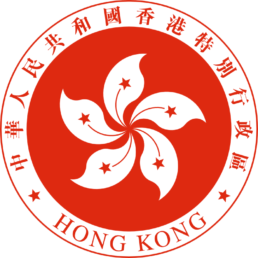Hong Kong is diverting waste from landfill and reducing CO2 emissions using its Community Green Stations, which serve as recycling as well as education centers.
In 2015, Hong Kong constructed its first Community Green Stations as part of the city’s 10-year plan to reduce waste per capita by 40% in 2022. Currently being rolled out in each of the city’s 18 districts, Community Green Stations serve as facilities for collecting recyclables and sparking behavioral change by teaching residents about waste separation and segregation. Institutionalizing recycling practices today not only reduces emissions from waste generation, but will also help save residents money in the future, as Hong Kong plans to introduce a pay-as-you-throw waste system in the coming years.
The Community Green Stations are built as low-carbon structures, using green building technologies and materials such as recycled timber, skylights, and solar panels to reduce their CO2 emissions. Located on unused public land, the stations also bring activity into otherwise disregarded areas, helping to facilitate community engagement while also promoting recycling. In all, these stations signify specific, targeted, and tangible actions Hong Kong is taking to reduce waste and usher in a greener mindset among residents.
17 K tons of CO2 is estimated to be reduced per year by diverting recyclables from landfill and into Community Green Stations
The challenge
Hong Kong is facing an urgent crisis, with the city’s per capita waste generation rate at nearly 1.35 kg per day, and a landfill forecasted to be exhausted within a few years. Furthermore, waste management accounts for about 5% of the city’s CO2 emissions. To address these issues, Hong Kong is constructing Community Green Stations that serve as drop-off centers for recyclables and a place to increase awareness of waste separation and segregation.
Co-benefits
Economic Ninety-seven percent of materials used to construct the Community Green Stations are sourced locally, supporting the economy.
Environmental Each Community Green Station is designed to process up to 750 metric tons of recyclables annually, all of it diverted from landfill.
Social A Community Green Station in the Sha Tin district has increased the area’s recycling coverage from 56% to 92% of the population, while providing new green employment opportunities.
About Hong Kong
Hong Kong is an autonomous territory on China’s south coast. It has an area of 1,104 km2, and with a population of around 7.2 million, Hong Kong is the world’s fourth most densely populated country or territory. Hong Kong is one of the world’s most significant financial centres, with the highest Financial Development Index score and consistently ranks as the world’s most competitive and freest economic entity. Nicknamed “Pearl of the Orient”, Hong Kong is renowned for its deep natural harbour, which boosts the world’s 5th busiest port and its impressive skyline, with the most skyscrapers in the world.


